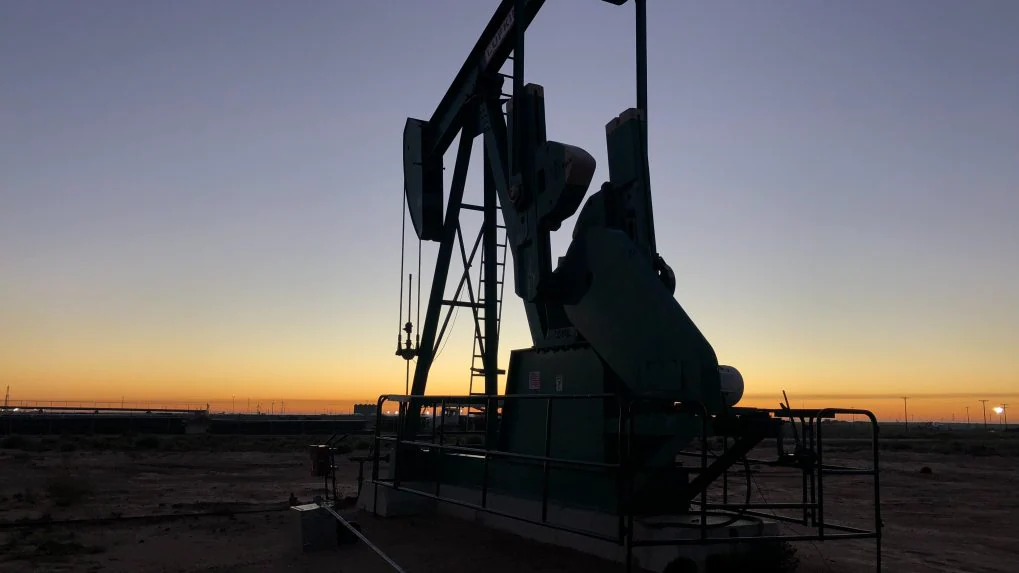- February 24, 2021
- Posted by: Amit Pabari
- Category: Commodities

Over the past couple of months, oil prices were nearly out of existence due to dampened demand keeping the prices close to bottoms. The Brent crude had fallen by more than 75 percent i.e. from $71 per barrel to nearly $16 per barrel in March after which it recovered and from May-2020 till Oct 2020, the prices traded between $35 per barrel to $45 per barrel.
None-the-less, the price of Brent crude crossed the $60 per barrel mark since Feb after over a year. This rebound in the prices was on the back of production cuts maintained by oil-producing countries and expectations of improvements in global demand as the Covid-19 vaccine is rolled out across the world. The price of Brent oil has risen by over 50 percent since the end of October after having remained range-bound for 6 months.
Let us understand the below-given reasons that could lead to further price rise and how it could impact our country and currency?
Supply cuts from OPEC and Non-OPEC: Major oil-producing countries had cut oil production last year amid a sharp fall in demand due to the Covid-19 pandemic. However oil-producing countries have continued to limit production despite an increase in prices with Saudi Arabia cutting its own oil production by 1 million barrels per day to strengthen crude oil prices. Further supply is likely to remain dampened as:
• OPEC+ said it will keep pushing to quickly clear the oil surplus left behind by the pandemic.
• The signs of more activity from most non-OPEC+ producers are negligible, creating a risk with an estimated supply fall of 900,000 barrels a day.
US winter freeze: Total US oil production has plunged to the highest ever by close to 40 percent as an unprecedented cold blast freezes drilling operations across the central US. The number of oil rigs operations was cut due to the cold and snow enveloping Texas, New Mexico, and other energy-producing centres. The output has now fallen by more than 4 million barrels a day nationwide from earlier daily production of about 11 million barrels a day. Further, indications from the US government suggest that Iranian output won’t likely increase in the short term, thereby creating a supply crunch and pressurizing the prices.
Business cycle rebound: A strong rebound in the business cycle after the economic reopening is signaling a solid economic growth has built upward pressure on the oil prices. To meet changes in the demand especially when the sales grow faster than inventories, business is forced to increase production to replenish them which leads to upward pressure on the commodity prices. With sales rising, there was a visible decline in the inventory to sales ratio. Hence, a pickup in the business cycle is the overriding force behind the main trends and turning point for commodities and crude oil on the upside.
Oil missing: The International Energy Agency in the first half of 2020, determined that there was a global inventory increase of 1.39 billion barrels. Out of this, nearly 25 percent had gone into spare storage in countries that are part of the Organization for Economic Cooperation and Development, while 8 percent was in storage and in transit and the remaining 67 percent was unaccounted for. The volume of missing barrels was the largest recorded since at least 1990 and 10 times as large as the imbalance seen the global financial crisis hit in 2008. The discrepancy explains that these barrels simply don’t exist and that it reflects imprecise measurement which could have led to flawed data collection. If considered true, then it is a potentially bullish scenario for oil prices as it means there is much less crude out there than anticipated.
How will this impact India and the dollar-rupee?
Firstly, demand for oil is expected to pick up as the global economy recovers and international travel begins after the hit of the coronavirus pandemic. India’s import bill that accounts for 80 percent of its crude oil requirements shall pressurize the deficits as the average price of the Indian basket of crude oil has already risen to $54.8 barrel for January. A further rise in the price of oil will lead to an increase in the country’s trade and fiscal deficit burdens that have already widen since last year. The increased gap in the deficit shall be subsequently closed by government borrowing, increasing the national debt which is already under strain. Rising borrowing and increased inflation expectation have pressurized the bond market which has been seeing a selloff for the past 11 months, thereby setting grounds for depreciation in the Rupee.
Conclusion:
The scenario for oil seems reversed and bullish with the given fundamentals. This can set prices higher close to $75 per barrel in the months to come. With rising oil prices, increased borrowing, rising yields and inflation, appreciation in the rupee shall be limited and the near term range for the dollar-rupee pair could be within 72.30 to 73.50 levels.
-Amit Pabari is managing director of CR Forex Advisors. The views expressed are personal.
Leave a Reply
You must be logged in to post a comment.




